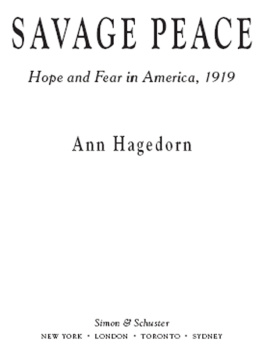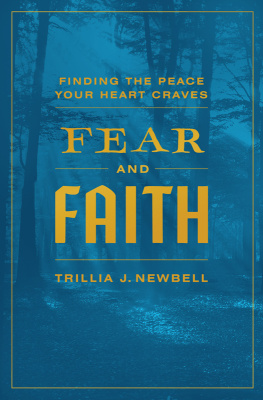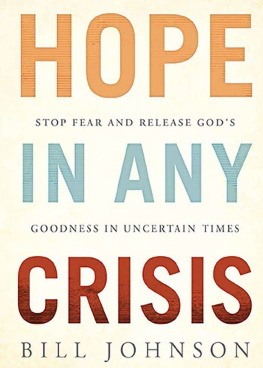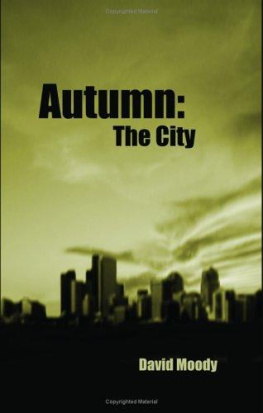Somewhere beyond the mist and the misery on that November morning, six men met in a railcar to end a war. News of the truce moved through the trenches on the trembling lips of soldiers waiting for the screams of flying shells to cease before they believed what they were told. Some heard it first from their captains who distributed strips of paper that read: Cease firing on all fronts. 11/11/11. Gen. John J. Pershing. Others would never know. They were the unlucky ones killed in the fragile hours before 11 A.M ., before the fighting abruptly stopped. The silence, so unfamiliar, was almost as unsettling as the sounds, as if a giant hand suddenly lay across this land of rotting flesh to hush the din of battle. Silence. Prayers. Tears. Then came the roar of cheering and the popping of bonfires piled high with captured ammunition and anything that could burn. The madness was ending, or so it seemed. And fear was giving way to hope.
One minute we was killing people, a soldier later said, and then the world was at peace for the first time in four years. It seemed like five minutes of silence and then one of us said, Why dont we go home?
I shall never forget the sensation, wrote an officer who climbed out of the trenches when he saw rockets signaling the cease-fire. Onto the open, unprotected ground, he walked toward the front lines of battle. The sun shining on his vulnerability, he moved tentatively, as if the earth beneath each foot might cave in. First he saw German helmets and caps vaulting into a distant haze and then beyond a ridge he saw German soldiers dancing a universal jig of joy. We stood in a dazed silence unable to believe that at last the fighting was over.
It was at once a magnificent and a brutal day. After 1,563 days of war on the Western Front, no one, on the front lines or at home, would forget the moment news of peace entered their lives. Especially moved were those who carried in their hearts and minds the greatest hopes for what the end of the war could mean. In the parlors and factories and fields of their future lives, they would tell the stories of where they were and what they were doing on the day in 1918 when the Armistice came. They would talk of lost friends and of bold dreams, of expectations and of plans for the world they had risked their lives to save. The nightmare is over, wrote the African-American leader W. E. B. Du Bois. The world awakes. The long, horrible years of dreadful night are passed. Behold the sun!
Sergeant Henry Lincoln Johnson, Americas first soldier to win the Croix de Guerre, Frances Medal of Honor, surely would not forget. His twenty-one wounds still stung with the memory of the battle for which he had won his medal. Sergeant Johnson was in the Vosges Mountains in France on November 11, very near the German border. Low on supplies, short on water and food, and exhausted, the men of Johnsons regiment, the 369th, were setting the American record for the most consecutive days under fire: 191 in all. Sharing blankets on that brisk morningone for every four soldiersthey cheered upon hearing of the truce, some filling the gray, sober air with songs. They must have felt they had learned all that the universe could teach them about fighting, about brotherhood, about the will to survive. The 369th was the first black regiment to arrive on the Western Front and now it would soon be the first American division to cross the Rhine River into Germany. They had achieved the impossible, wrote one of their commanders. These men were going home as heroes.
Two thousand miles northeast of the Vosges Mountains on a vast frontier of tundra and fir in northern Russia, the moment that made the Western world hold its breath came and went unnoticed. Fifteen thousand Allied soldiers, including at least seven thousand Americans, were scattered across hundreds of miles radiating out from the port of Archangel on the Dvina River, twenty-six miles from the White Sea. On the morning of November 11, there was no cheering and there was no relief. Isolated by long delays in receiving mail and blocked from cable communications, the troops in Russia were not told about the Armistice, and even if they had known, there were no orders for the Allied North Russia Expeditionary Force to cease firing. While their compatriots in the west slipped into reveries of life back home and their families laid out plans for joyous homecomings, a contingent of American soldiers of the 339th Infantry was fighting its hardest battle yet. In temperatures hovering at 60 degrees below zero and in shoes that had worn through six weeks before, around the time the snow had begun to fall, they were trying to defend an American outpost two hundred miles from Archangel. They would remember the day for the battle they had fought and for the one hundred soldiers who would die in the four days that the battle lasted. On November 11, Sergeant Silver Parrish, of Bay City, Michigan, wrote in his diary, We were atacked on our flank front and rear bye about 2500 of the enemy & their Big field Guns. We licked the [Bolsheviks] good & hard but lost 7 killed and 14 wounded. The long, steady scream of flying shells would continue to split the Arctic stillness for many more months.
In Paris, at exactly 11 A.M ., guns boomed, bells rang, and American and French flags seemed to fall out of the sky, hanging from balconies, dangling out of windows, and waving from rooftops. Thousands of people shouted Vive la Paix! as they swarmed the Place de la Concorde and moved up the Champs-Elyses. On the balcony of the Paris Opera House, a chorus led a crowd of twenty thousand in singing La Marseillaise. The song bursting from that crowd was enough to stir the spirits of the heroic dead, wrote the American journalist Ray Stannard Baker, who was there in the throng. Such a thrill comes not once in a hundred years.












